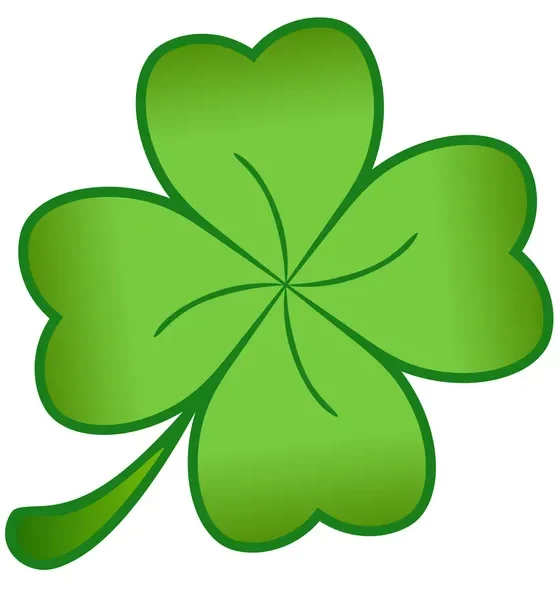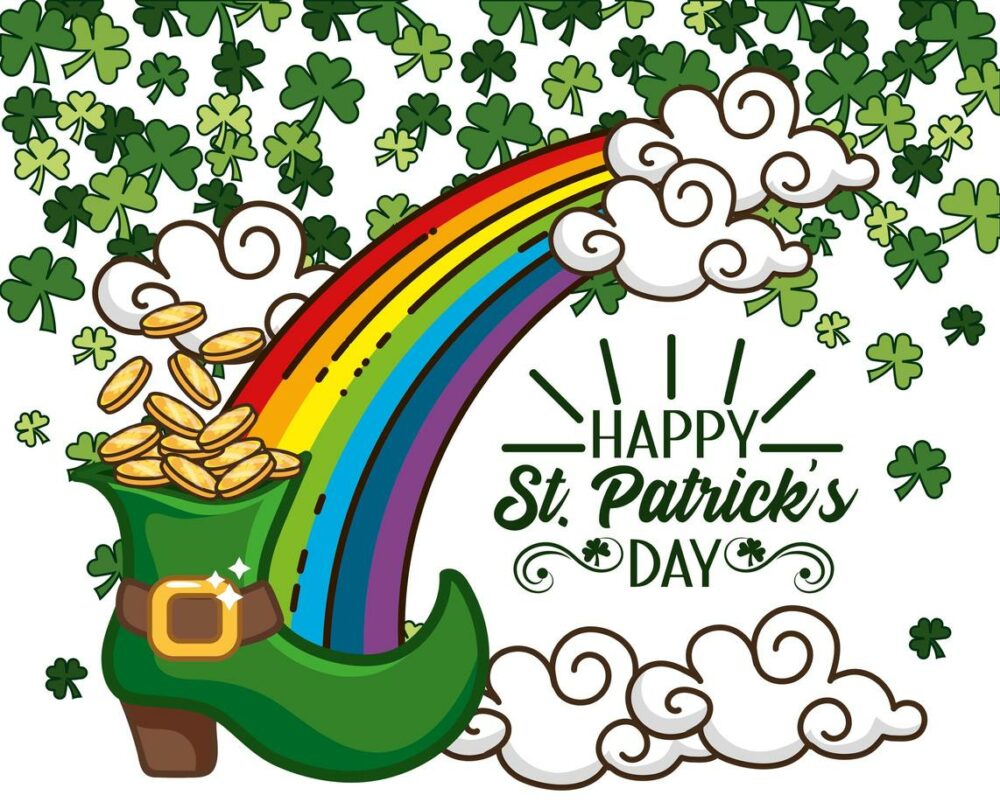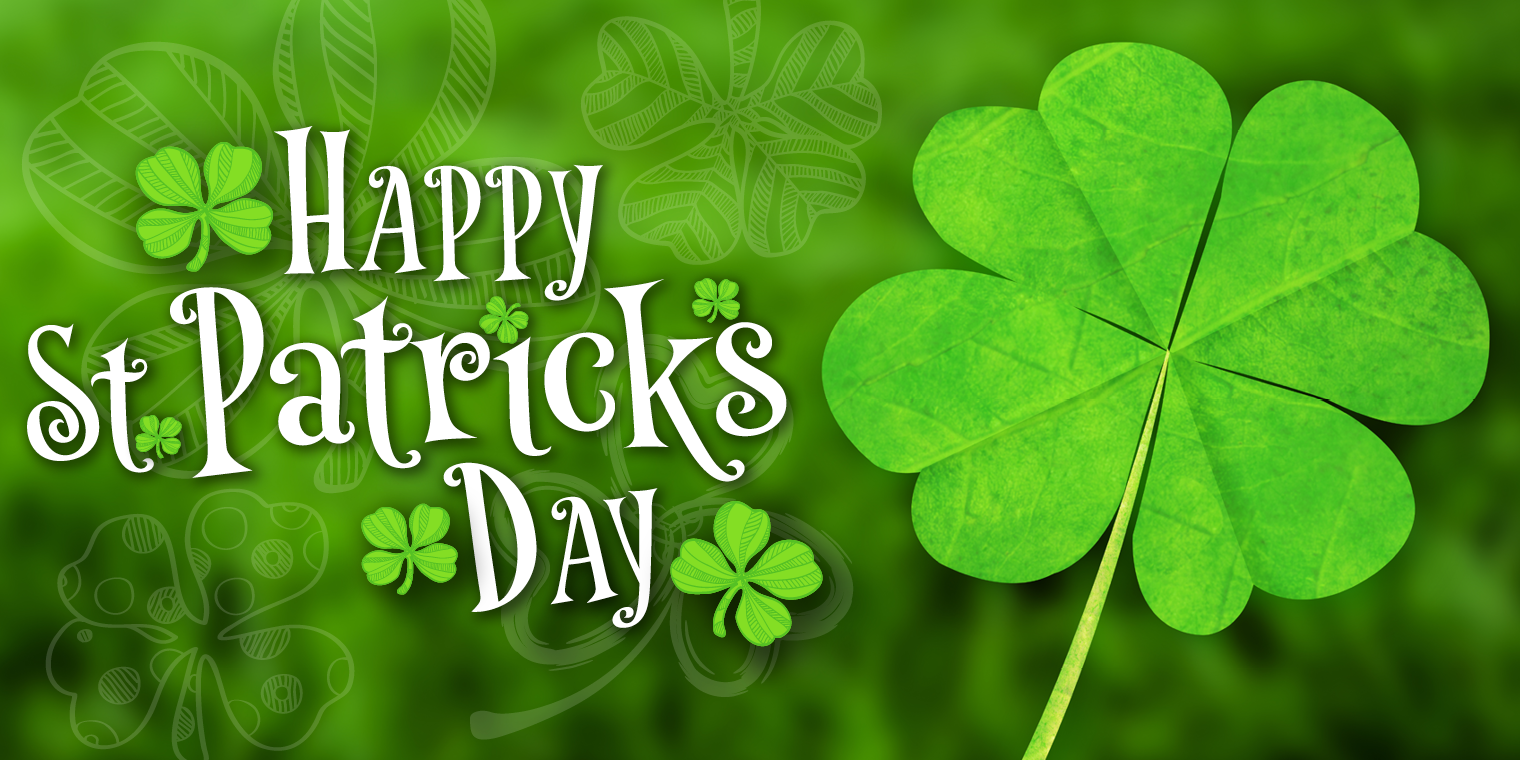Table of Contents
Introduction: What is the true story of st patricks day?
What is the true story of St Patricks Day? As we draw back the metaphorical green curtain, this journey invites you to delve into the historical roots, cultural significance, and the enigmatic legacy of the patron saint, St. Patrick. From the man behind the legend to the evolution of celebratory traditions, join us in unraveling the layers that compose the rich tapestry of what truly defines St. Patrick’s Day beyond the green exterior.
Section 1: The Man Behind the Legend
St. Patrick, the man who lends his name to this celebrated day, was not originally from Ireland. Born in Roman Britain in the 5th century, his early life took an unexpected turn when he was captured by Irish raiders at the age of sixteen. During his six years of captivity, St. Patrick found solace and inspiration in Christianity, leading to a transformative experience that would shape his destiny. Following his escape, St. Patrick became a missionary and returned to Ireland to spread the teachings of Christianity.
His missionary work in Ireland became legendary, with one of the most iconic symbols associated with him being the shamrock. Tradition holds that St. Patrick used the three-leafed clover to explain the concept of the Holy Trinity—Father, Son, and Holy Spirit—to the Irish, fostering an understanding of Christianity. This section provides a glimpse into the early life of St. Patrick, his captivity, and the pivotal role he played in bringing Christianity to Ireland.

Section 2: The Evolution of St. Patrick’s Day Celebrations
St. Patrick’s Day did not always involve parades, green attire, and festive revelry. In its origins, the day was observed as a religious feast day commemorating St. Patrick’s death. Falling during the Christian season of Lent, restrictions on food and drink were lifted for this day of celebration. Over time, however, the observance evolved from a solemn religious event into a day of national pride, embracing cultural traditions.
The festivities associated with St. Patrick’s Day began to take shape through the efforts of Irish immigrants who carried their traditions to other parts of the world. Parades, lively gatherings, and the iconic wearing of green attire became integral to the celebration. This section explores the transformation of St. Patrick’s Day from a religious observance into a day of joyous celebration, highlighting the emergence of the vibrant traditions that mark the modern-day festivities.
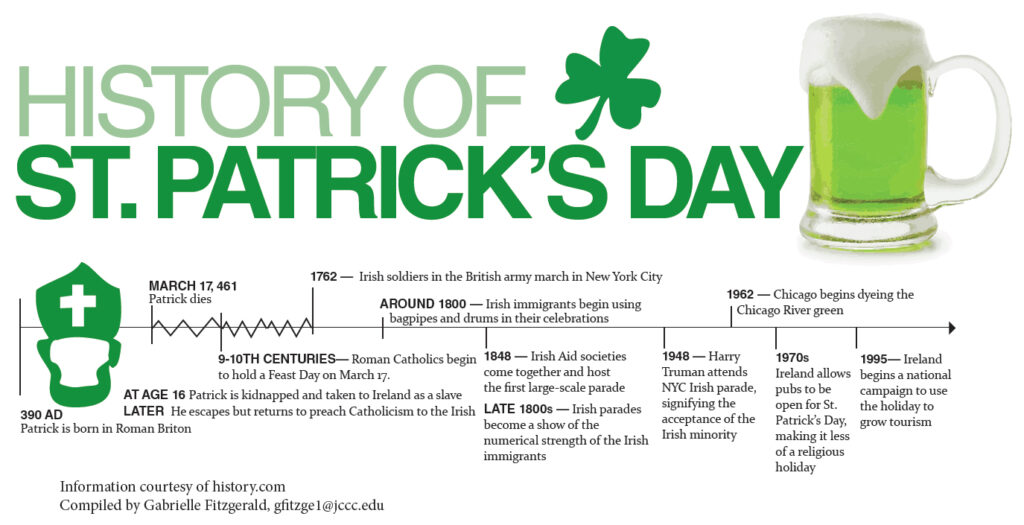
Section 3: St. Patrick’s Day Today
In the 21st century, St. Patrick’s Day has expanded beyond its Irish origins to become a global celebration. Cities around the world host parades, events, and festivals, drawing people of all backgrounds into the festivities. The celebration has become a symbol of unity and pride for the Irish diaspora, fostering a sense of community across borders. This section delves into the global impact of St. Patrick’s Day and how it serves as a joyous celebration of Irish culture.
Contemporary traditions associated with St. Patrick’s Day include the iconic green attire, shamrock decorations, and lively celebrations in pubs and public spaces. These traditions, while rooted in historical and cultural significance, have taken on a universal appeal. The section explores how St. Patrick’s Day has become a day of inclusivity, where people of various backgrounds join in the festivities, showcasing the cultural richness and diversity of the celebration.
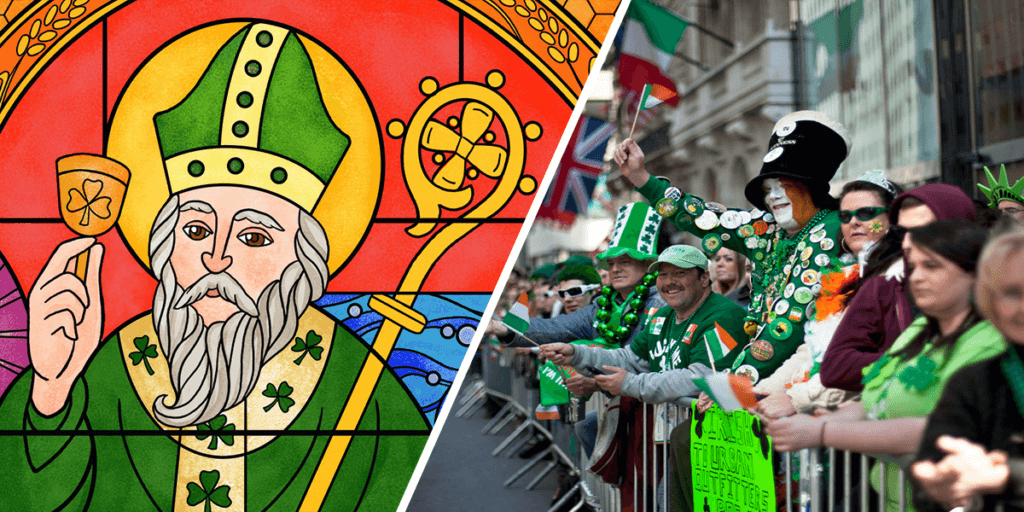
Conclusion: Beyond the Green Curtain
As we conclude our exploration into the true story of St. Patrick’s Day, it becomes evident that this celebration is more than just a day marked by lively festivities and the color green. Peeling back the green curtain reveals a story deeply woven into the fabric of history, spirituality, and cultural evolution. St. Patrick, the man who emerged from the shadows of captivity to become a beacon of Christianity in Ireland, set in motion a legacy that transcends time and borders.
The evolution of St. Patrick’s Day from a religious observance to a global celebration underscores the resilience and adaptability of traditions. What was once a day of solemn reflection has blossomed into an inclusive, joyous commemoration of Irish culture, inviting people of diverse backgrounds to join in the revelry. The emergence of celebratory traditions, from parades to green attire, showcases the dynamic nature of cultural practices and their ability to resonate across generations.
Today, St. Patrick’s Day stands as a testament to unity, pride, and the enduring spirit of the Irish people. It has become a global phenomenon that fosters a sense of community and belonging, transcending geographical boundaries. As we lift our glasses and participate in the festivities, let us carry forward the understanding of St. Patrick’s Day as a celebration that goes beyond the surface—a celebration deeply rooted in history, cultural pride, and the enduring legacy of a missionary turned patron saint.
In embracing the true story of St. Patrick’s Day, we not only honor the man who left an indelible mark on Ireland but also pay homage to the cultural tapestry that continues to enrich the world. So, let the green curtain be a symbol not only of celebration but also of understanding, unity, and the enduring legacy of St. Patrick’s Day that echoes through the ages. Sláinte to the patron saint, the vibrant traditions, and the timeless spirit that makes St. Patrick’s Day a celebration like no other.
For More About the History of St Patrick’s Day Check This Link!
Saint Patrick’s Day – Wikipedia
